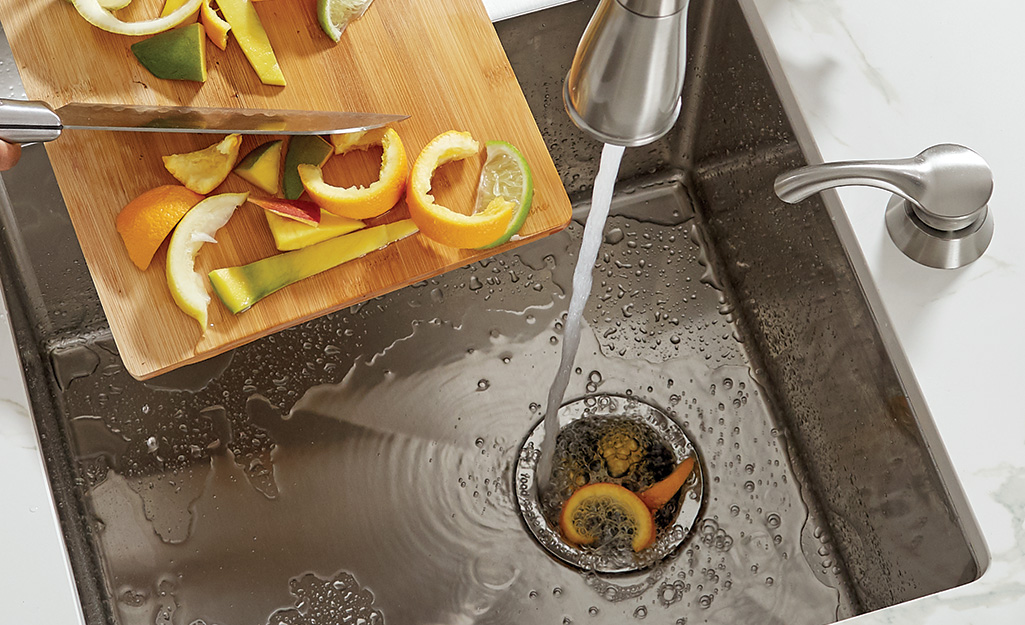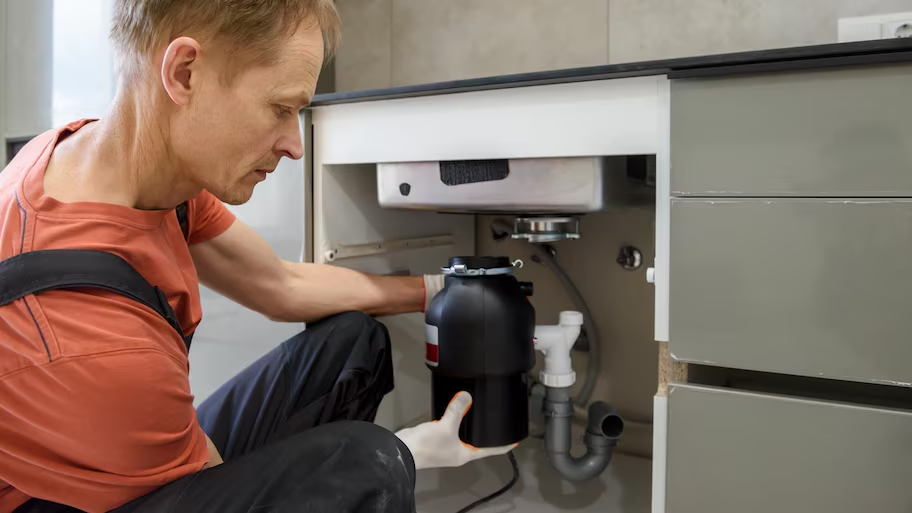Simple Techniques for Repairing a Leaky Garbage Disposal
Simple Techniques for Repairing a Leaky Garbage Disposal
Blog Article
Listed here below you can find a bunch of helpful information in relation to Why Is .

Garbage disposals are important kitchen area devices that aid in taking care of food waste effectively. However, a dripping garbage disposal can be an aggravating and messy issue to handle. The good news is, numerous leakages can be repaired conveniently with a few simple steps. In this post, we will review exactly how to take care of a dripping garbage disposal properly.
Introduction
Garbage disposals are mounted under kitchen area sinks and are created to shred food waste into smaller sized items, permitting it to pass through the plumbing system quickly. While these gadgets are typically reliable, leaks can happen in time because of damage, loosened links, or damages to the system.
Common Root Causes Of Leaks in Garbage Disposals
Worn Seals and Gaskets
Seals and gaskets play an important function in avoiding water from leaking out of the garbage disposal. With time, these elements can weaken, leading to leakages around the disposal device.
Loose Connections
The links in between the garbage disposal and the pipes system can end up being loosened in time, creating water to leak out throughout procedure.
Fractures or Openings in the Disposal Unit
Physical damages to the waste disposal unit, such as fractures or openings in the real estate, can likewise lead to leakages.
Recognizing the Resource of the Leak
Prior to trying to deal with a leaking garbage disposal, it is important to recognize the source of the leak. This can generally be done via aesthetic examination or by performing easy tests.
Visual Assessment
Evaluate the garbage disposal unit carefully for any type of indications of water leakage. Pay very close attention to areas around seals, gaskets, and link factors.
Checking for Leaks
One way to examine for leakages is by running water with the disposal device and looking for any kind of visible indicators of leak.
Tools and Products Needed for Repairing a Leaking Garbage Disposal
Prior to starting the repair work procedure, gather the needed devices and materials, consisting of a screwdriver, flexible wrench, plumbing's putty, replacement seals or gaskets, and epoxy or patching material for repairing splits or holes.
Step-by-Step Guide to Taking Care Of a Dripping Garbage Disposal
Turn Off the Power
Prior to attempting any fixings, guarantee that the power to the garbage disposal unit is shut off to avoid the risk of electric shock.
Locate the Leakage
Recognize the precise location of the leakage and establish the reason.
Tighten Connections
Use a wrench to tighten up any type of loose links between the disposal device and the pipes system.
Replace Seals or Gaskets
If the leakage is because of used seals or gaskets, eliminate the old components and replace them with brand-new ones.
Patching Fractures or Openings
For cracks or openings in the disposal unit, usage epoxy or a suitable patching material to seal the damaged area.
Testing the Garbage Disposal After Repair Service
When the repair service is total, evaluate the garbage disposal by running water via it to guarantee that the leak has been settled.
Preventive Upkeep Tips to Stay Clear Of Future Leakages
To stop future leaks, it is vital to perform normal upkeep on your waste disposal unit. This includes maintaining it tidy, staying clear of putting non-food products or tough objects down the disposal, and periodically looking for leakages or various other concerns.
Final thought
To conclude, taking care of a leaking waste disposal unit is a fairly straightforward procedure that can be completed with fundamental tools and products. By following the steps described in this write-up and exercising preventive maintenance, you can maintain your garbage disposal in good working problem and prevent costly repair services in the future.
What to Do About a Leaking Garbage Disposal
A leaking garbage disposal often goes unnoticed until you confront a sopping cabinet, a foul-smelling puddle, or an audible drip-drip-drip from the unit. The fix can be frustrating, too, because the leak can stem from a number of components in the system. Fortunately, with a little sleuthing, you can zero in on the leak and—depending on the exact location—stop the icky oozing and repair the component that caused it. Worst case scenario, if it turns out that the garbage disposal must be replaced, installing a new one is a reasonable do-it-yourself task for those with basic plumbing skills. Read on to keep the cash you’d otherwise hand over to a pro.
Prepare to find the leak
Prior to testing the garbage disposal for leaks, unplug it at the wall outlet and turn off the power from the breaker box to prevent electrical shock. Then insert a watertight sink stopper into your sink drain and wipe the unit dry with a clean cloth. In any handy container, mix a few drops of food coloring into a few cups of water, and pour the dyed water onto the sink stopper to help you locate the leak.
Investigate the source
the top, where the disposal meets the sink drain the side, where the dishwasher hose or main drain pipe connects to the disposal or the bottom of the unit Inspect each of these locations while gliding a light-colored rag over the unit; the dyed water will readily show on the rag and reveal the location of the leak. If a leak isn’t immediately apparent, remove the sink stopper and pour a few more cups of dyed water down the sink drain, then check for leaks again. Leaks near the top of the unit are more likely to show themselves while the sink is plugged, while side and bottom leaks are more noticeable while the sink is unplugged.
The metal sink flange that sits directly inside the sink drain is typically sealed around the top with plumber’s putty (a clay-like sealant) and then secured from under the sink with bolts. If the plumber’s putty deteriorates, or the bolts loosen, the flange can no longer form a watertight seal between the sink drain and the disposal—which could cause a leak at the top of the unit.
To reseal the leaky flange, you must first detach the garbage disposal. Start by loosening the screws securing the main drain pipe to the disposal, then loosen the screws in the metal clamp securing the dishwasher hose to the disposal and detach the drain pipe and dishwasher hose from the disposal. Loosen the screws in the mounting ring that connects the disposal to the metal mounting assembly beneath the sink, then pull down the disposal and carefully set it on a clean, dry surface. Loosen the bolts in the mounting assembly with a wrench, then pull down the mounting assembly and set it near the disposal.

Hopefully you liked our article about Tips on Fixing a Leaking Garbage Disposal. Thanks a lot for taking time to browse our short article. Sharing is caring. Helping others is fun. Thank you so much for taking the time to read it.
Schedule Today! Report this page